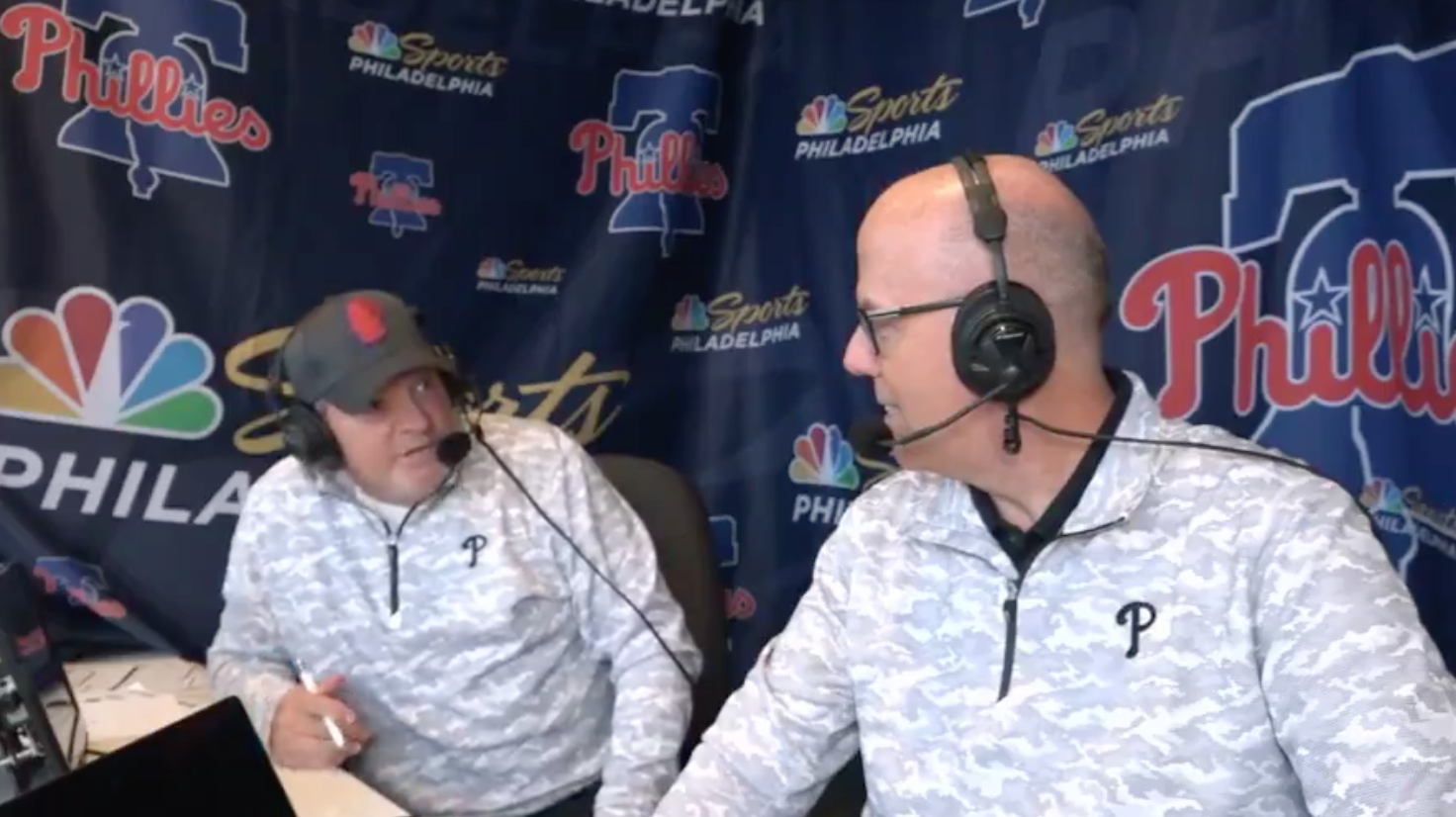In a classic Seinfeld episode, Jerry Stiller, playing the character Frank Costanza, declares after re-discovering his long-lost love of cooking, “I am like a phoenix, rising from Arizona.” So too can one say Diamond Sports Group is resurrected and shockingly rising (though not from Arizona, where it shuttered its regional sports network last year).
DSG, parent of Bally Sports Regional Networks, has pulled off the unexpected magic trick in a long, slow slog through Chapter 11 bankruptcy. At one point, as recently as January, the plan was for DSG to just get through the end of the upcoming baseball season, and then presumably cease operations, with a good riddance echoed by so many.
Then, Amazon came in with a $115 million investment–it still needs to be approved by the bankruptcy court–and the parties agreed to new financing and conversion of bondholders debt to equity.
“[T]his is a good day, a really good day for Diamond Sports,” said Judge Chris Lopez earlier this week at a hearing that moved DSG one step closer to emerging from Chapter 11 in the spring. “This was going to be a big fight, a very big and complicated and long fight. And it was going to be costly. So I want to thank all the parties for working really hard. I know that these were some hard fought battles behind the scenes.”
So what chance does Diamond Sports Group, which boasts 18 RSNs and covers 38 MLB, NBA and NHL teams, have of surviving this time? Sinclair acquired DSG for a $10.6 billion value in 2019 and loaded the entity up with debt just as cord cutting took off. And DSG charged Sinclair, which will exit its ownership upon the Chapter 11 completion, of using the RSN company as a piggy bank.
By removing much of the debt, and now with a streaming distribution option through Amazon (it would be through Amazon Channels, not Prime), DSG has more than a heartbeat now. Still, what about the demise of the pay TV bundle?
Patrick Crakes, a former Fox Sports executive, has long been on a hobby horse countering the message that pay-TV is dead. By now the numbers are familiar, from a peak of just over 100 million homes about a decade ago, the cable universe has dropped below 70 million homes and the decline is not abating.
But that doesn’t mean the pay-TV business isn’t a good business, it’s just not as good as during the halcyon days of the early 2010s.
“It’s going to take a half-decade to sort out where we’re going with the media mix,” Crakes said. “I think that the margins for these companies for Diamond for all the RSNs will eventually be okay. Most businesses do okay. RSNs were, what were they 50% profit margins? You know, margins, that’s, like, that’s unheard of anywhere, really. If they’re just 10% that’s okay.”
The biggest loser of the emerging mix may be the sports teams, Crakes said. DSG has already negotiated lower rights fees with a handful of MLB teams. The Bally Sports RSNs now may stream on Amazon Channels, eliminating the linear exclusivity that could justify large rights payments. And look for cable operators to put the RSNs on a sports tier, Crakes said, further diminishing the money DSG can pay to the clubs.
“The teams are the most impacted by this,” he said. “They’re really not used to that. They’re used to thinking that they were really driving the car, and now the marketplace is driving the car. And they’re going to have to figure out how they live with less growth and rights fees or flat rights fees or even going backwards on right fees like some of them are going to do.”
Some teams like the Phoenix Suns have at least temporarily forsaken the pay-TV model and moved to a mix of streaming and over the air. But that will leave a major revenue hole that could take years to fill, if at all. Crakes floated that teams like the Suns may eventually find themselves back on DSG.
There are a few certainties now. One, Diamond Sports Group plans to go forward post 2024, and has not unwound the team contracts as was contemplated before the Amazon bolt. The name Bally Sports lasts just for one more year. With DSG holding onto a dozen MLB teams currently, the league’s vision of a one stop shopping portal offering in-market and out of market games will have to wait.
And in all likelihood, with costs under control, DSG is now better positioned to reach deals with distributors like YouTube TV that have been glaring holes in the RSN company’s revenue pie. But with possible non-exclusivity of the games, teams will try various options from cable, over the air, and of course streaming.
“You should try to do all of these routes, I just think you’re going to have to have some connection to the pay TV distributors,” Crakes said. “So you’re going to have to not get paid for exclusivity anymore.”
And that means for better or worse, there is room in the sports media ecosystem for a revived DSG.







